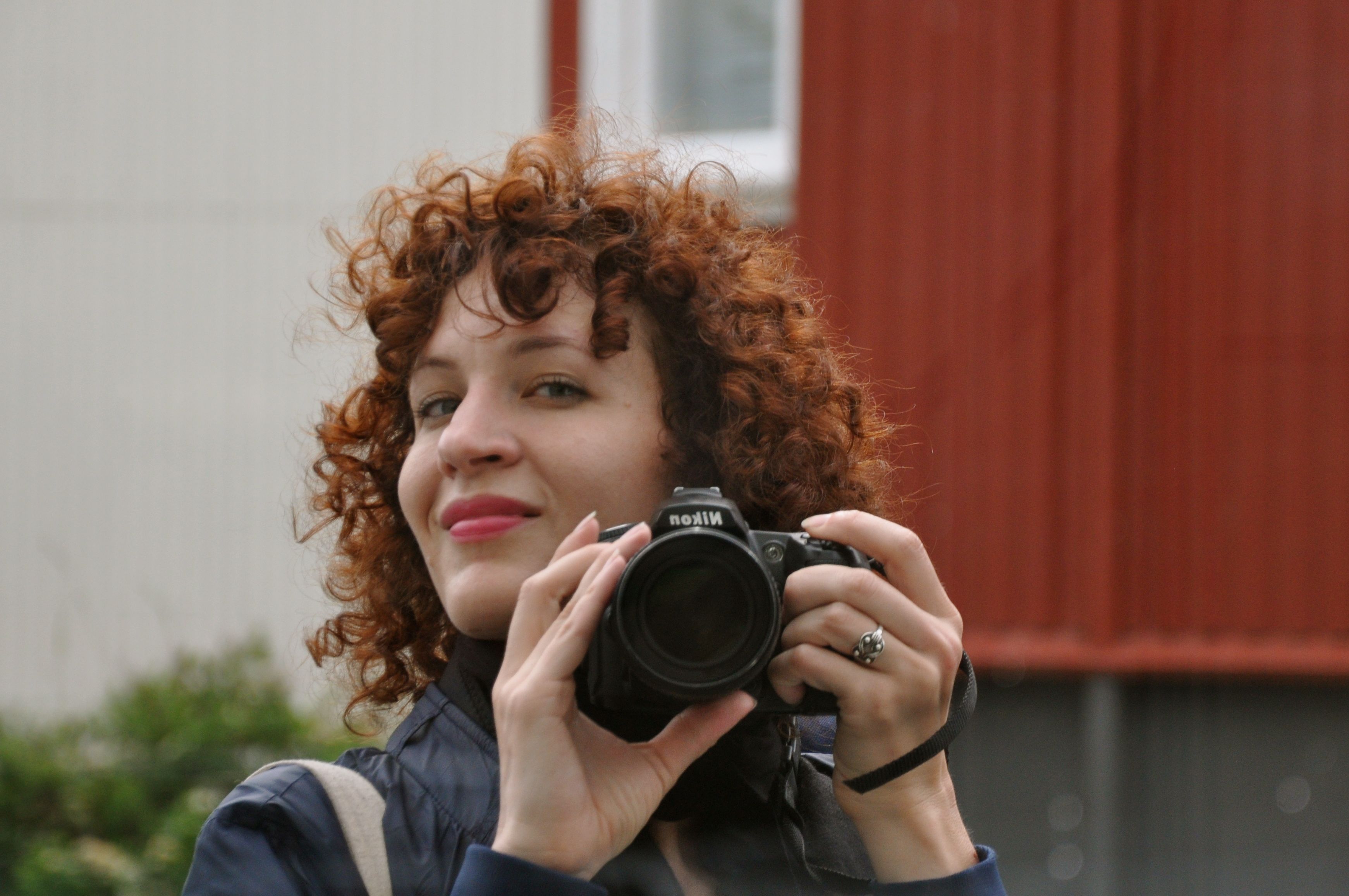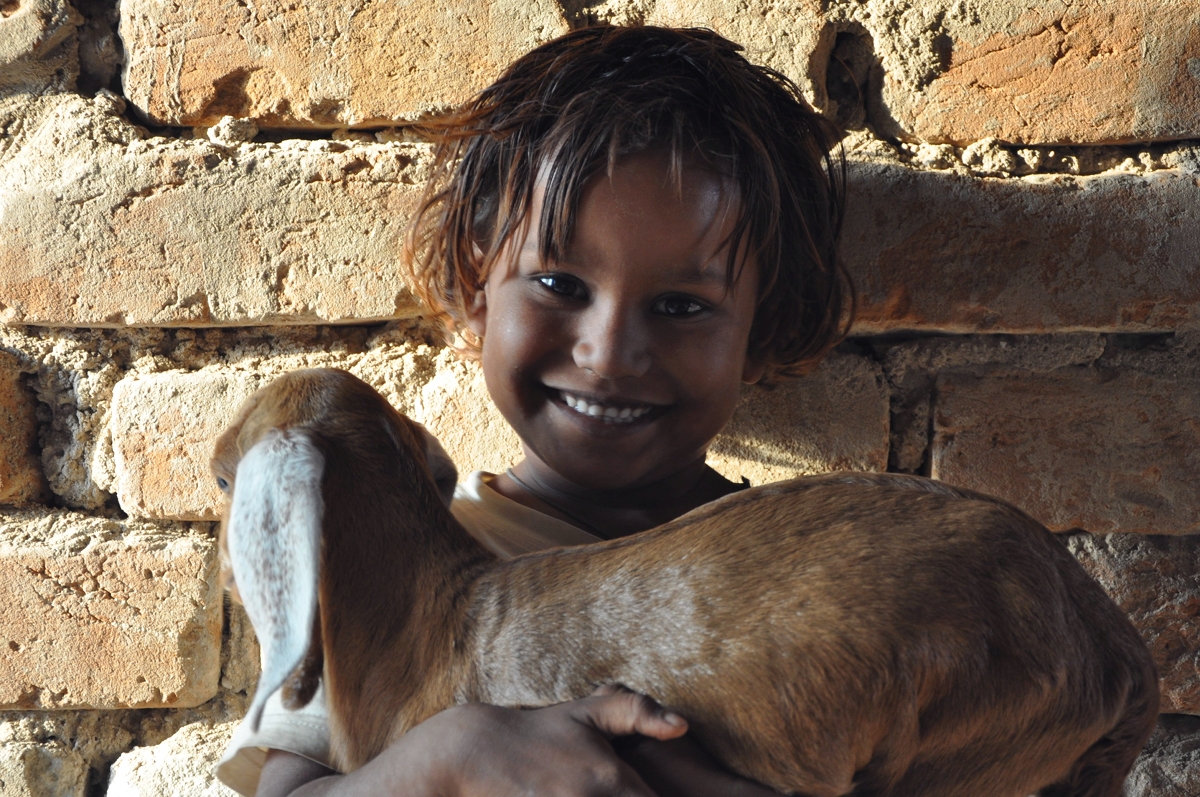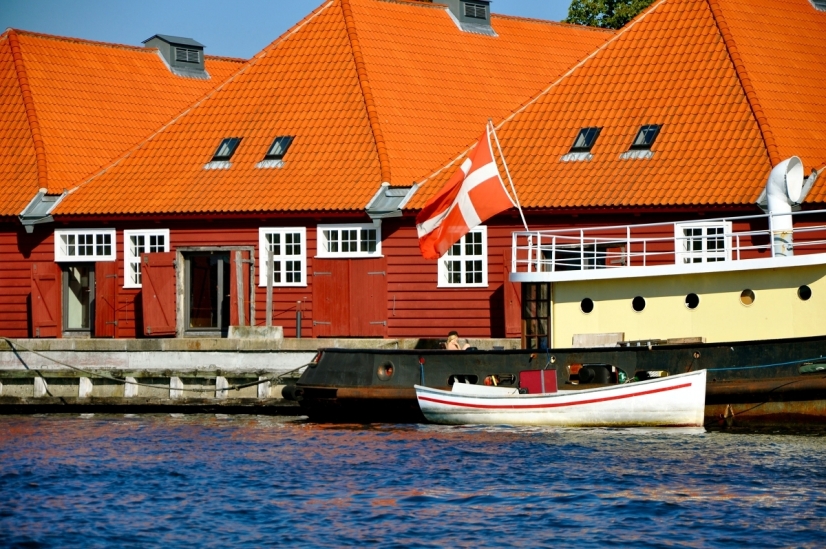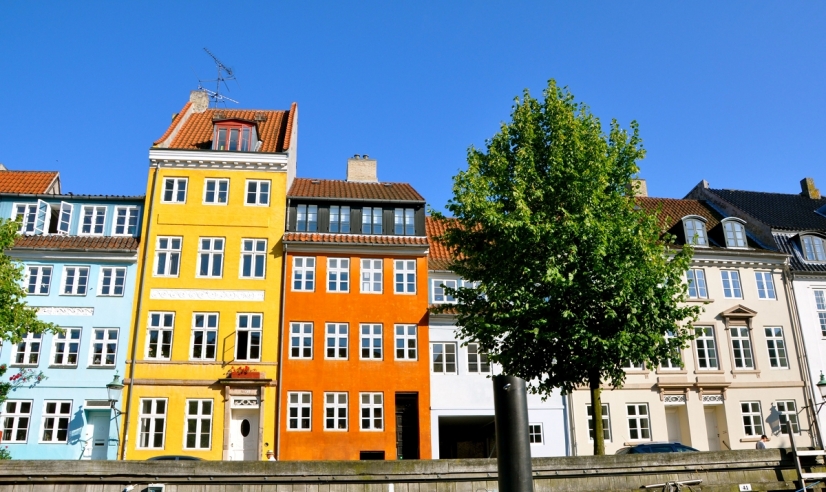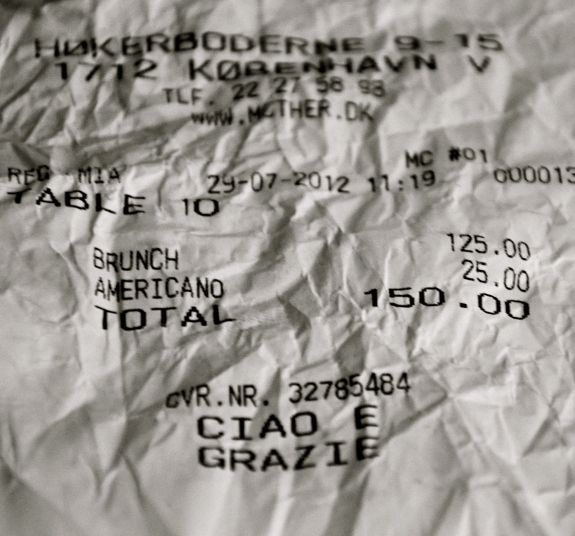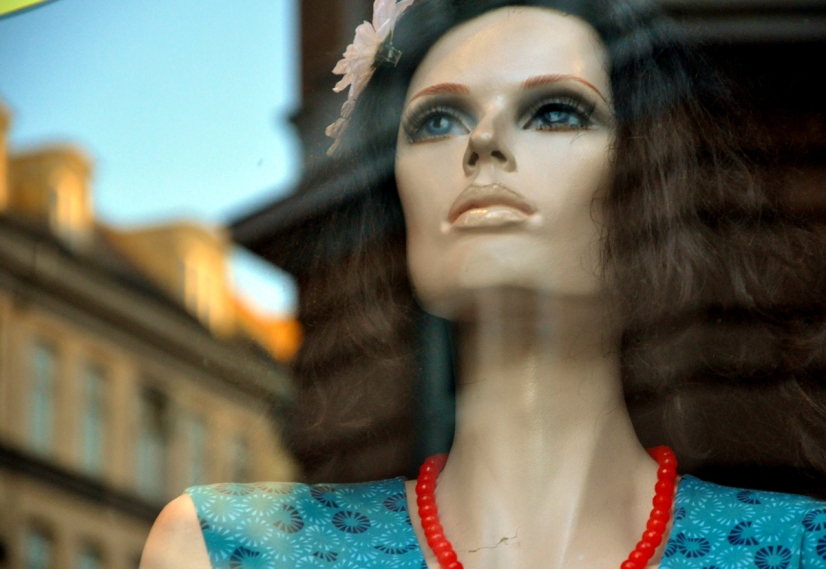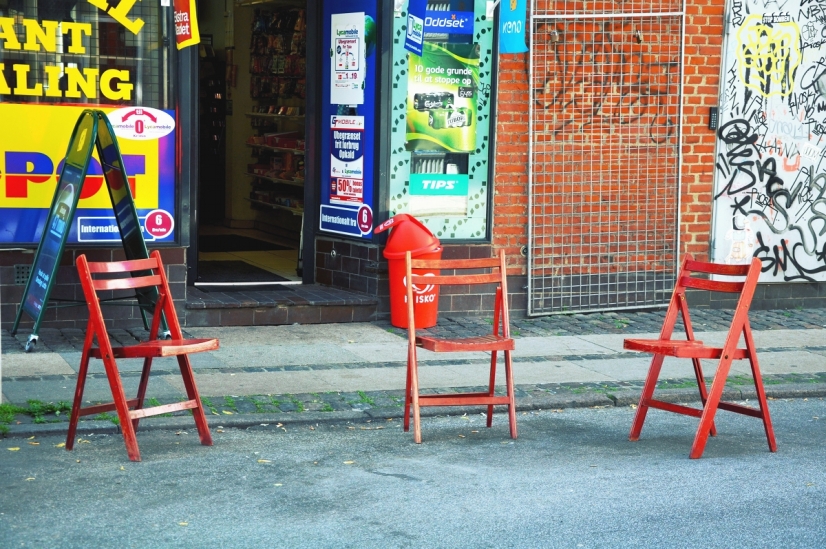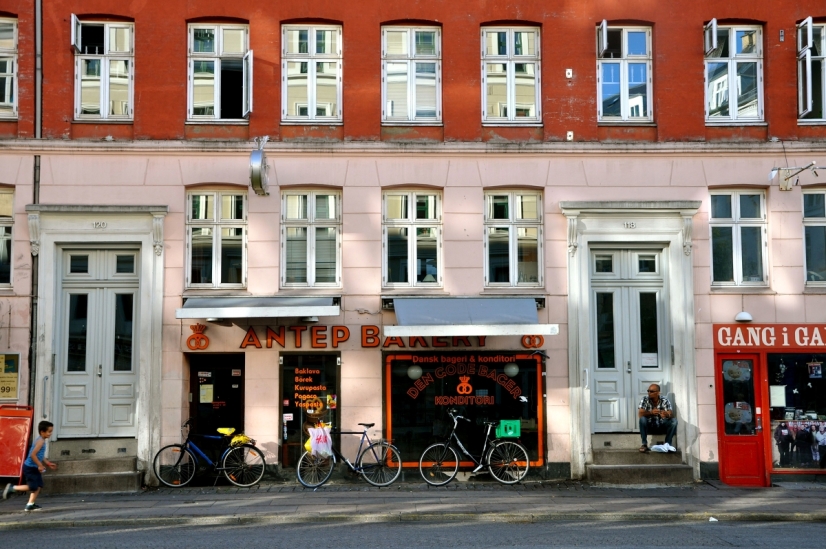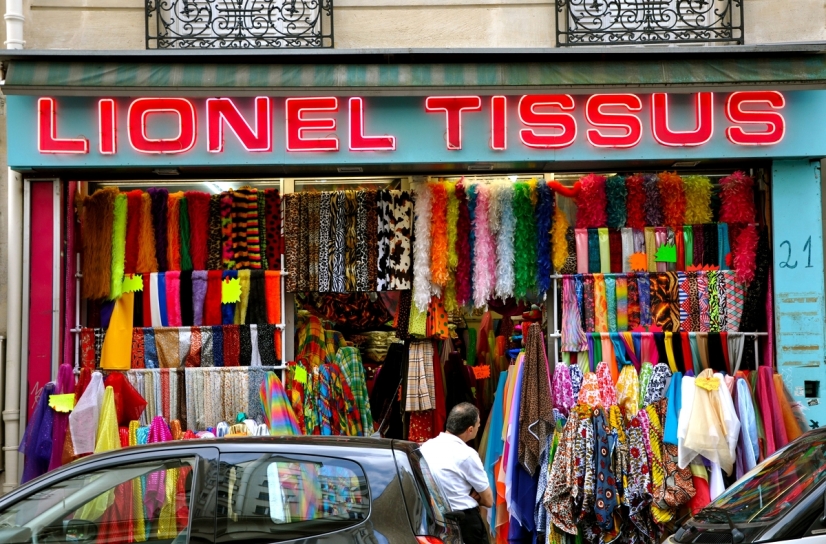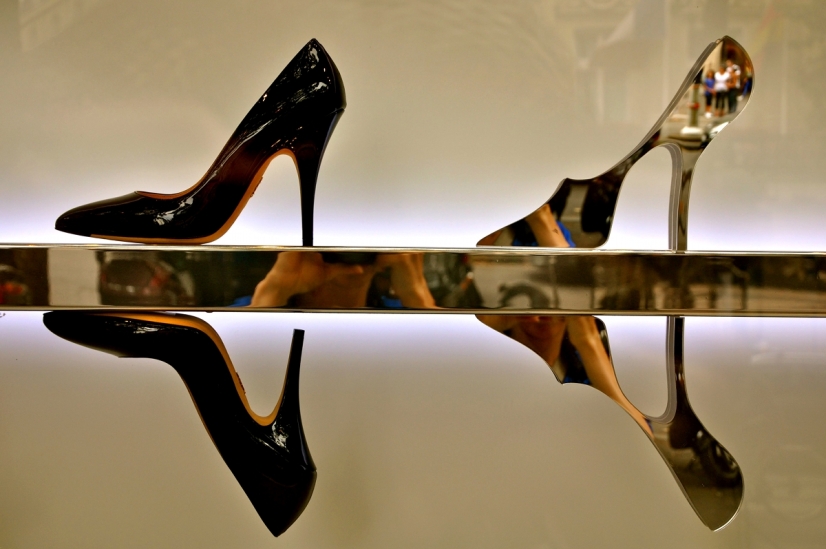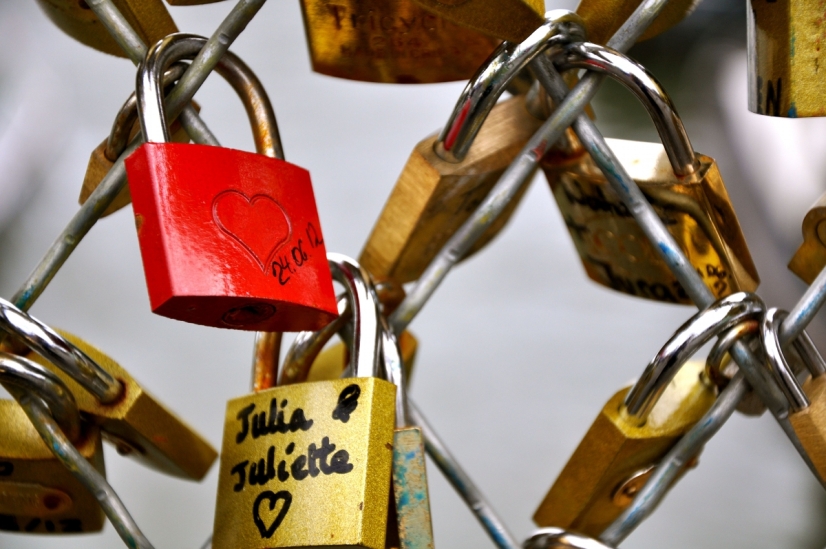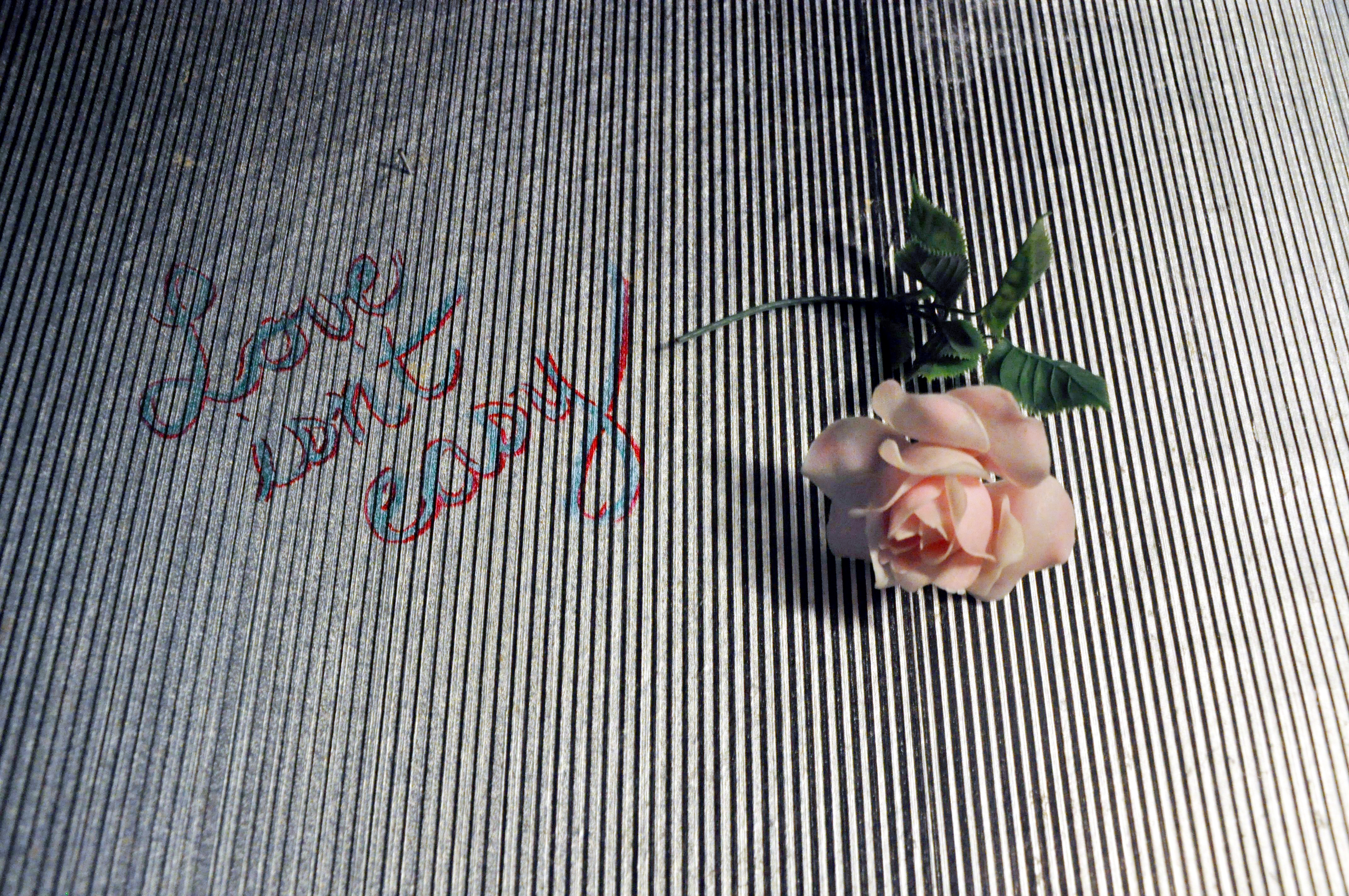What We Treasure in Iceland: Forces of Nature
 carrie breinholt Posted on
carrie breinholt Posted on  Thursday, August 16, 2012 at 8:17AM
Thursday, August 16, 2012 at 8:17AM I was ready to fire my GPS. The roundabouts were confusing it as much as they were confusing me. "Recalculating." The dreaded word. I felt I had "recalculated" enough these past few weeks: work, locations, recalculating my body to an eight-hour time difference. Was there anything left to recalculate?
And yet, my trip to Krysuvik was taking a recalculated turn for the worse. Krysuvik, as I had been told, is a land of hot springs, volcanic ash and yes, hidden people that live in the rocks. I had been guided there by the gregarious clairvoyant Sigga, whose voice message greets you with the sound of the hidden people cheerfully chanting, "ha, ha ha, ho, ho, ho!" I imagined these people like the seven dwarfs, heading off to work they go...
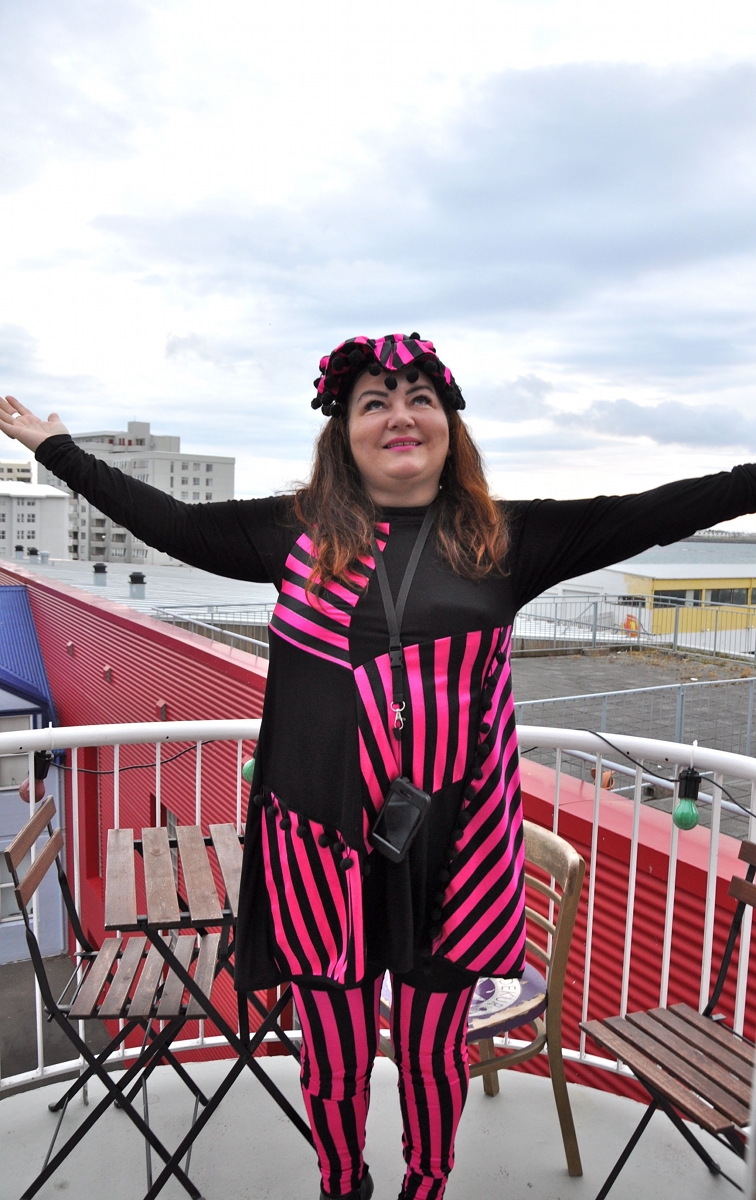 Sigga channeling the power of the skyThe hidden people, or Huldufolk, as they are referred to, have origins traceable to Adam and Eve. According to Icelandic folklore, God made a visit to Adam and Eve. While Eve washed most her children, some remained unwashed and she hid these from God. When God asked about these children, she lied. As a result, God declared that what man hides from God, God will hide from man. And thus, the hidden children became the hidden people who make their homes in Iceland's rock formations and supposedly share their magic and messages if we listen.
Sigga channeling the power of the skyThe hidden people, or Huldufolk, as they are referred to, have origins traceable to Adam and Eve. According to Icelandic folklore, God made a visit to Adam and Eve. While Eve washed most her children, some remained unwashed and she hid these from God. When God asked about these children, she lied. As a result, God declared that what man hides from God, God will hide from man. And thus, the hidden children became the hidden people who make their homes in Iceland's rock formations and supposedly share their magic and messages if we listen.
As we talked over tea, Sigga picked up on my nervousness about my trip and suggested I go to the rocks and listen. "Go to the Mother Earth, lie on the stones, give her your problems," she advised, "Respect the Mother, love the Mother, and she will love you."
Sigga should know, she's been in touch with Mother Earth all her life. She grew up on a farm in the countryside near Snaefell Glacier, without television. During the long winters, where four hours of daylight was not unusual, she found inspiration in the natural world around her. Cold January nights were spent huddled by the fire with family, telling fortunes, reading tea leaves and deciphering the messages of the native stones. She shares this knowledge with a deck of cards she created called, "Cards of Fortune, with Icelandic Stones." According to her cards, anyone can consult the stones for guidance and each stone has a special energy to support us.
I flipped through the beautifully illustrated cards. Jaspis promotes forgiveness. Amethyst gives you peace of mind. Kalsit offers passion! Where do I find Kalsit?
"How do you know what energies the stones possess?" I asked.
"Hold the stone in your hand and it will reveal it's energy," she said nonchalantly, as if this comes naturally for everyone, "it can be different for different people."
I told her these stones are very expensive if you buy them in California. She shot me a look before asking, "You don't go into nature and choose them yourself?" Good question. I guess we don't do that anymore. We go into a shop and fork out $20 for a crystal. However, I had to chuckle at the thought of Sigga, in her neon pink dress and four-inch, studded Joseph Campbell platforms, roaming the glaciers of Snaefell, picking up rocks to 'stuff in her bosom' as she liked to say.
Sigga wasn't the only one I met in Iceland whose work with nature was their life's work. My hostess, the effervescent Ms. Moon Healer, (her professional moniker), is an astrologist, healer, world traveler and moon ceremonialist. She has bright blue eyes, a kind face and an easy smile. It was impossible not to feel welcomed by her.
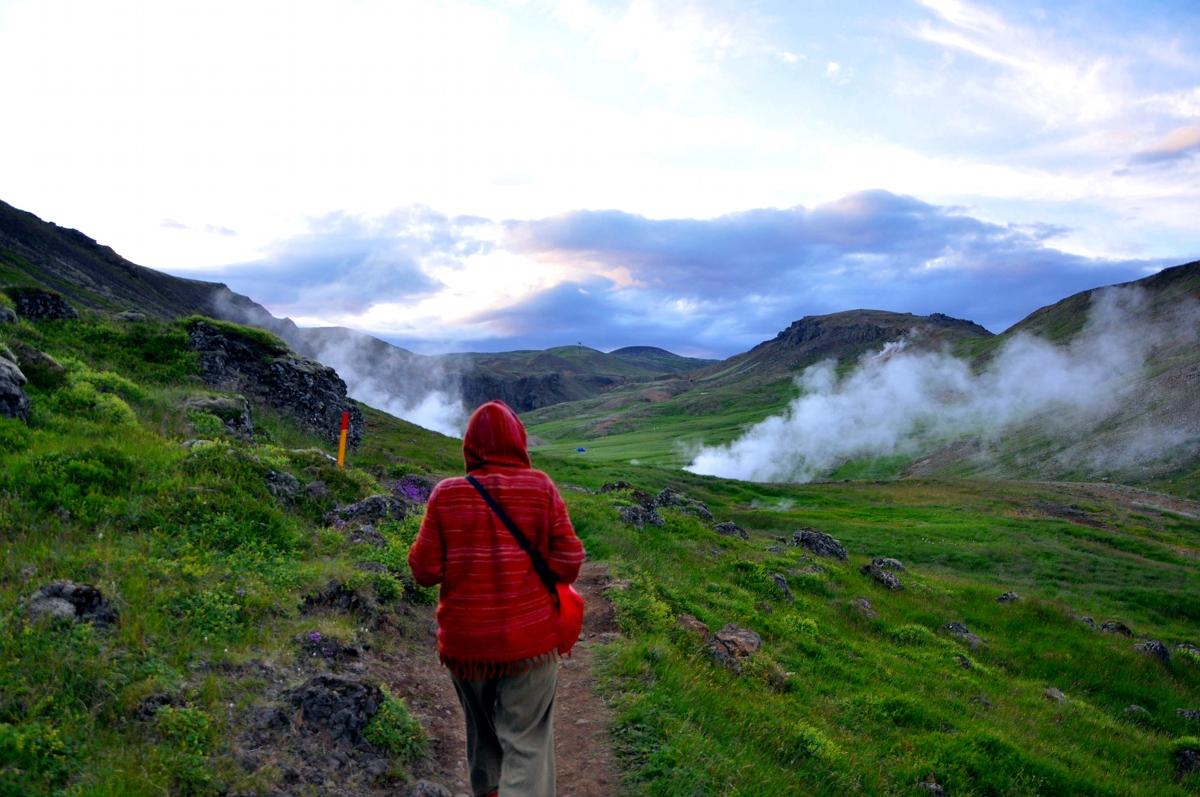 One night, we took a midnight hike to the hidden hot springs above Hverageroi. It took effort to balance our feet along the rocky path, where shaggy sheep grazed feet away, wild foxes barked in the distance and the snow-kissed tip of trouble-making Eyjafjallajokull could be seen in the distance. "Watch out for the horse remains," she cautioned. "You know, some people don't like the smell of horses, " she continued with a smile, "but I love it. It reminds me I'm in nature."
One night, we took a midnight hike to the hidden hot springs above Hverageroi. It took effort to balance our feet along the rocky path, where shaggy sheep grazed feet away, wild foxes barked in the distance and the snow-kissed tip of trouble-making Eyjafjallajokull could be seen in the distance. "Watch out for the horse remains," she cautioned. "You know, some people don't like the smell of horses, " she continued with a smile, "but I love it. It reminds me I'm in nature."
As we rounded a corner, the smell of sulpher became intense and the earth was steaming. We could hear the sound of the gurgling geysers, like the sound of hell speaking, which signaled (or warned?) we had arrived. It was there we slid ourselves into the bubbling water of the "hot pots", let the slippery moss caress our feet and watched the sunset against the purple mountains, as it turned from gold, to pink, and finally to a deep violet red. I had never seen such a glorious site. I wanted to learn more about what a "moon ceremony" entailed.
Moon ceremonies, as she explained, help people get in tune with the rhythm of the moon. She became interested in lunar cycles from reading about the moon's role in ancient cultures and religions. Following the moon cycle is, "like going with the flow," she said, "some people do this naturally, others need a little help."
She further explained that each of us can use the lunar cycles to our benefit. The New Moon is the best time to set goals; the Full Moon is the time to reap the benefits; the Waning Moon is the time to reflect and revise. Or as she put it, "The New Moon is the beautiful young woman. The Full Moon is the ripe woman. The Waning Moon is the woman who is old, but wise." Ah-ha, I think I got it.
On our drive home, I was curious about her background. It's not every day you meet someone who treasures the moon. She shared that she came from a typical, complicated Icelandic family: something like 11 brothers and sisters, four different mothers and three different fathers.
I asked her why this was "typical" for Iceland, to which she responded that Icelanders are like the weather: changeable, volatile and hard to tame. It's as if the wild and contrasting Icelandic landscape is tattooed on their souls. Much like the hidden people, there is a hidden dark side to 'Niceland'. "There are a lot of single mothers here," she added, "it's just the way it is. Expected."
This respect for nature was also echoed on an organized tour of Iceland's geysers and waterfalls. The tour guide, a jolly man in his 50s, shared stories of the hidden people and how construction projects were often postponed or changed if they required stones to be moved, as to not disturb their dwellings. He mentioned, with a sigh of sadness, that a generation ago about 75% of Icelanders believed in the hidden people; today only about 25%.
"If you ask people why fewer people believe in the hidden people these days," he said, "most would say it's because more of us live in the city and we have become less connected to nature." To this, a few in the group of mostly American tourists, snickered under their breath. However, I think he was on to something. In our fast-paced lives, how in touch are we with ourselves, let alone our surroundings? Do we know if the moon is waxing or waning? Do we even realize it's there?
After the third "recalculation" at the same roundabout, I gave up my Krysuvik plans and settled for a quiet spot near a pond off a dirt gravel road. There, I surrendered myself to the stones, took a deep breath and stared at the sky. It was like staring into the eyes of a lover: deep, expressive and changeable. One minute moody, next minute exuberant, as clouds parted to reveal the mid-day sun. Perhaps it's like the emotional cycles in our lives, changing one minute from despair to joy to sadness. Recalculating. Maybe we are not so different from the natural world, perhaps we just forget to see we are a part of it. I laid there and let my worries seep into the stones. Just learn to love and relax more, the hidden people whispered their message...
Thank you to Halla and Sigga who so graciously invited me into their worlds and shared their knowledge of Iceland, what they treasured and life.
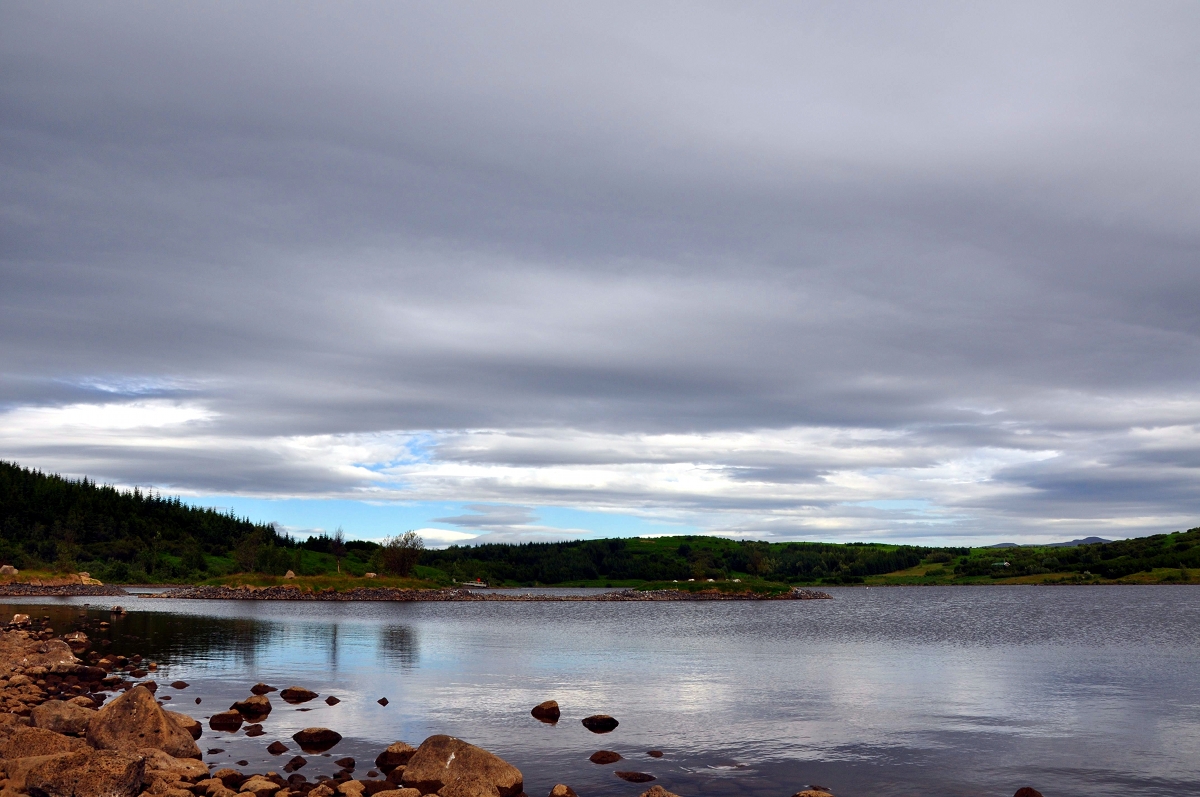
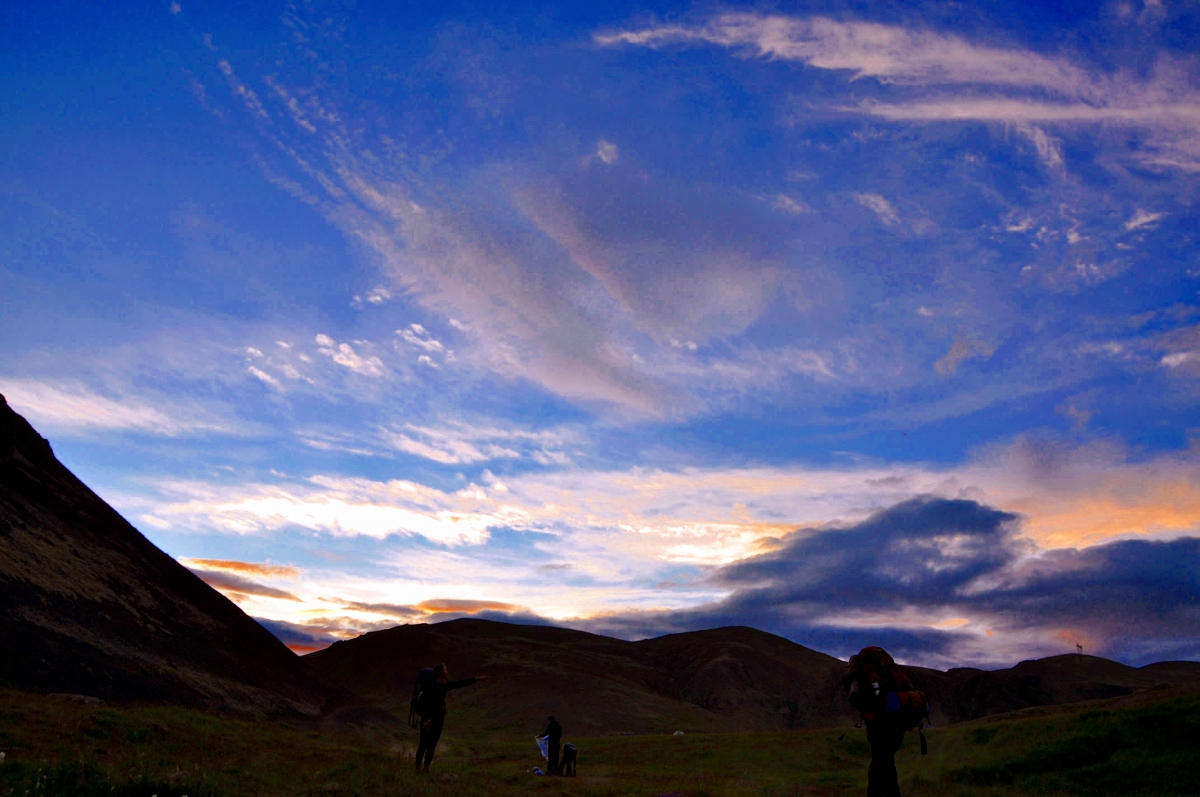
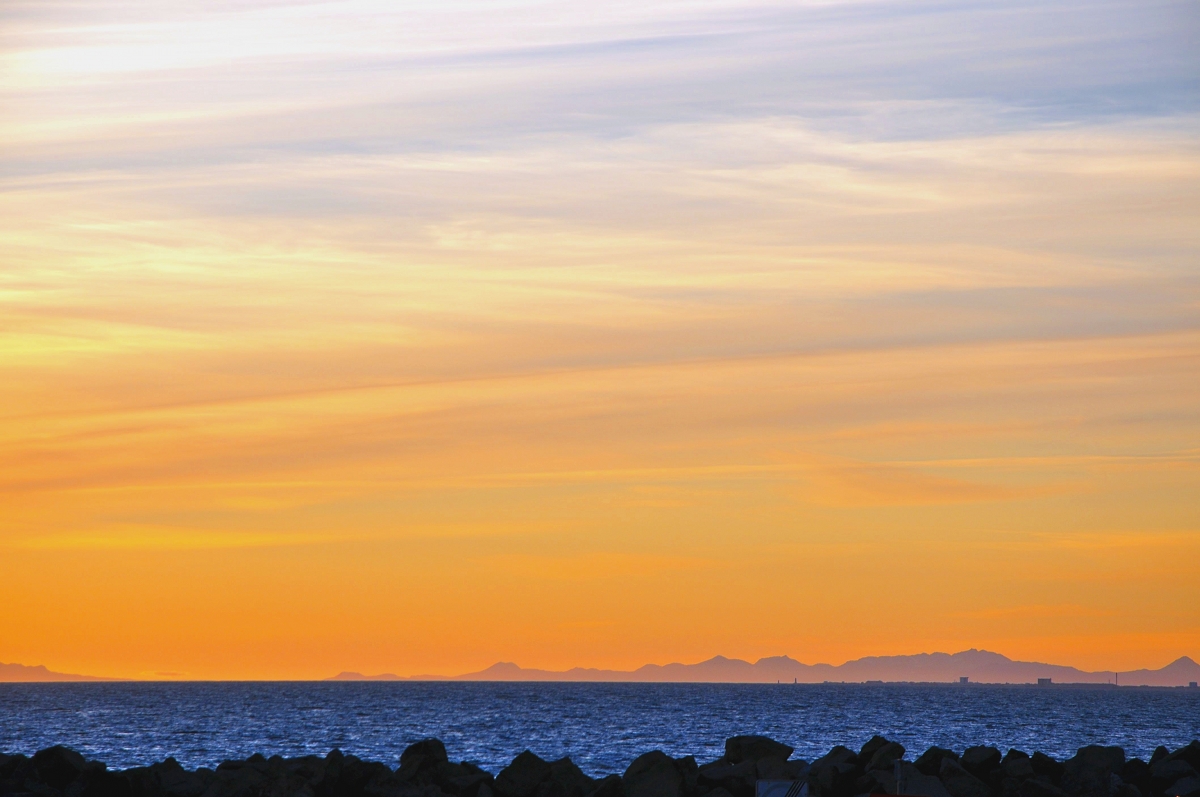
 iceland,
iceland,  whatwetreasure | in
whatwetreasure | in  iceland,
iceland,  whatwetreasure
whatwetreasure 